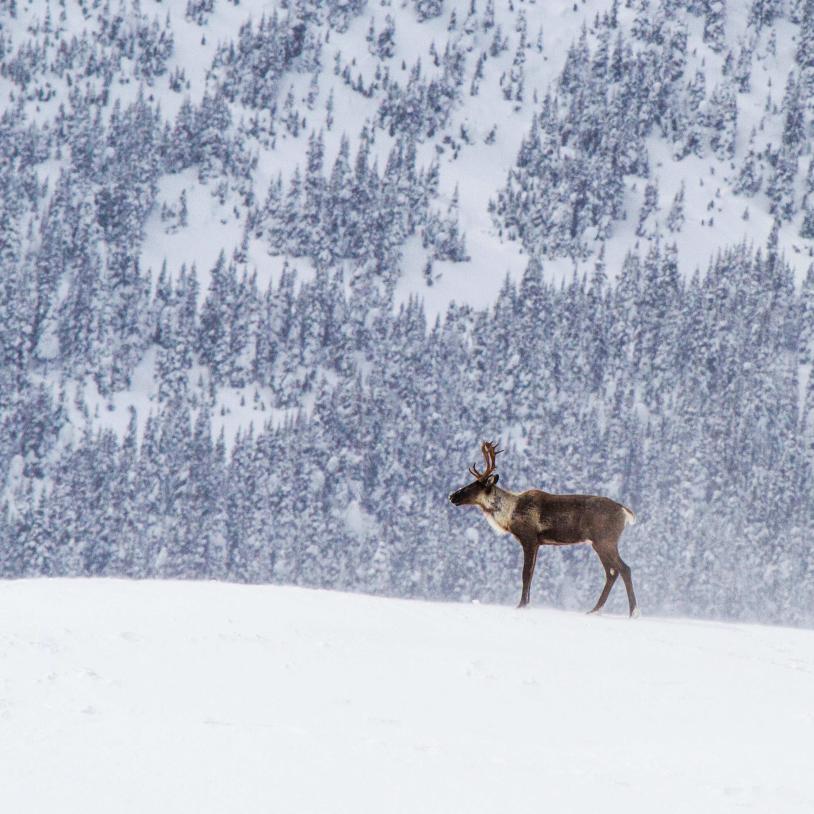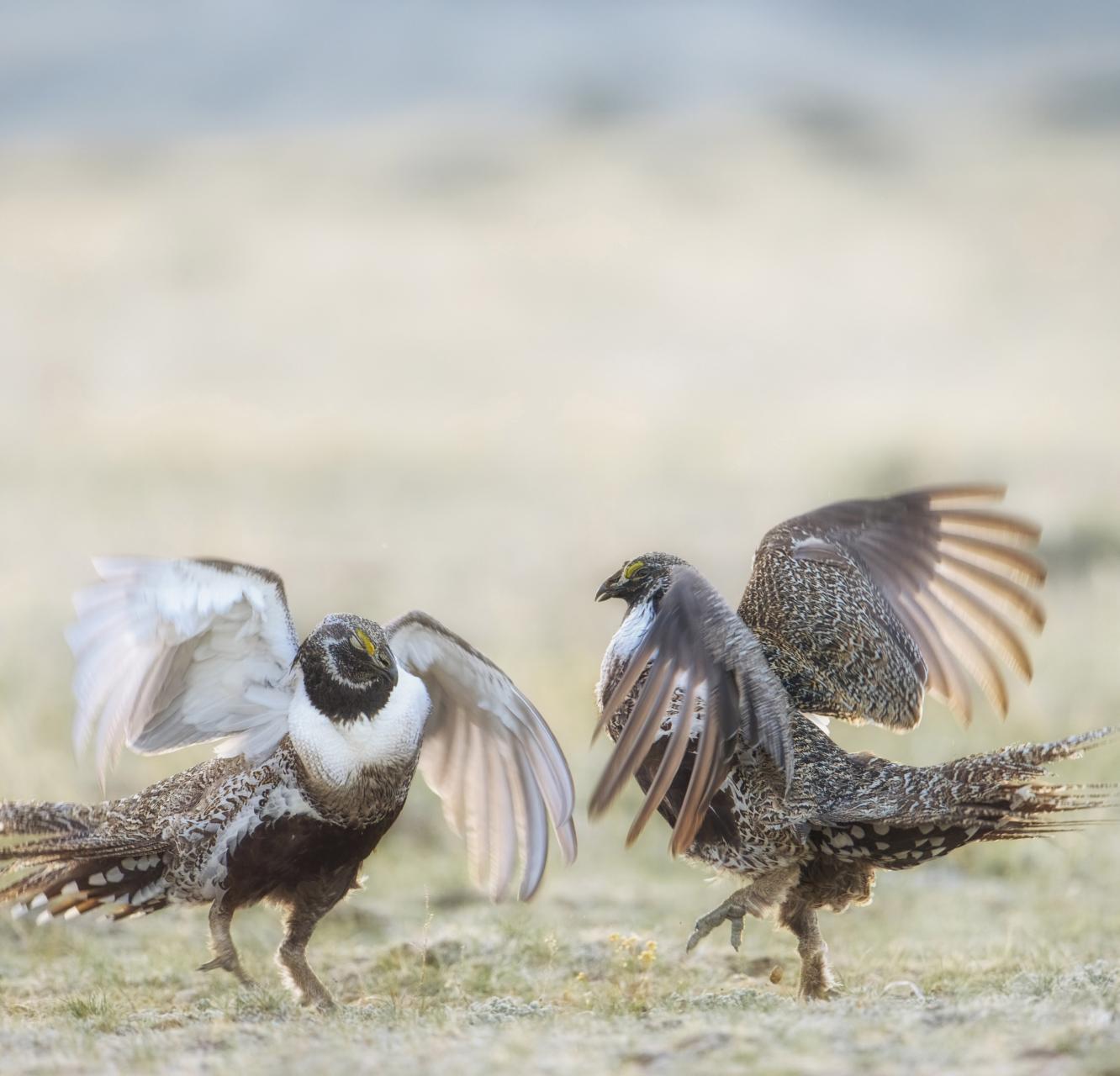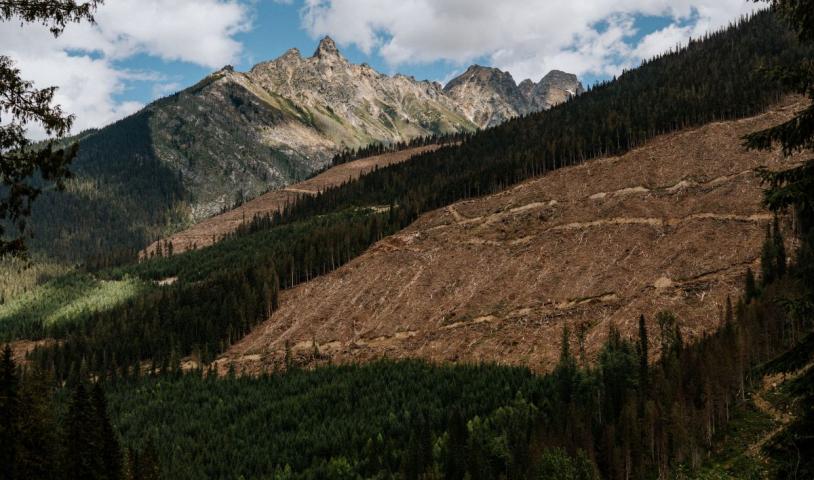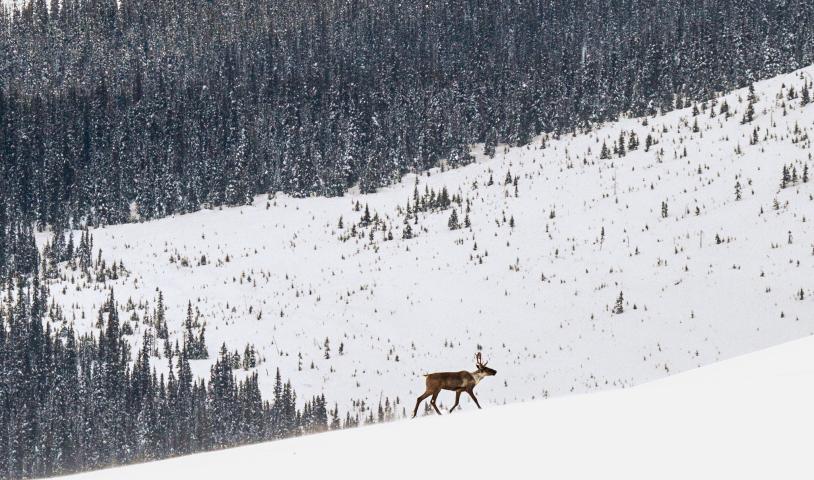Feds work to protect endangered species only when sued
Monday, April 20, 2009FOR IMMEDIATE RELEASE - Wednesday, March 19, 2008
Feds work to protect endangered species only when sued
Vancouver, BC ~ The Nooksack Dace, an endangered fish found in small streams in BC’s Fraser Valley, is one step closer to protection with the re-release of a recovery strategy that identifies habitat critical to its survival and recovery (“critical habitat”). The federal government identified the dace’s critical habitat only after being sued by a coalition of leading Canadian conservation groups. The revised recovery strategy was released March 12.
Under the federal Species at Risk Act (SARA), critical habitat must be identified in recovery strategies to the fullest extent possible. Most species listed under the Species at Risk Act have suffered severe habitat loss or destruction, and critical habitat identification and protection is crucial to their recovery.
Environmental Defence, Georgia Strait Alliance, the David Suzuki Foundation and the Wilderness Committee, represented by Ecojustice, filed a lawsuit against the Minister of Fisheries and Oceans in August, 2007 because despite this requirement, he failed to identify the critical habitat of the Nooksack Dace in a recovery strategy released last year. This omission contradicted the recommendation of scientists on the government’s own recovery team, some of whom swore affidavits in support of the case.
The re-release of the Nooksack dace recovery strategy in response to the lawsuit signals an apparent trend. Last year, a similar legal challenge was filed against Environment Canada for failing to identify critical habitat for the Piping Plover, an endangered shore-bird. In that case too, the federal government revised the bird’s recovery strategy to include critical habitat after the lawsuit was launched.
“While this is a victory for the Dace, that we had to go to court to get critical habitat identified shows the process is broken,” said Devon Page, staff lawyer with Ecojustice, “It is a waste of energy and resources on both sides if we have to sue the federal government for each endangered species in order to get it to do its job.” In fact, the government has identified critical habitat for only 18 of the 260 species for which recovery strategies are due.
Earlier this month, federal Environment Commissioner Ron Thompson released a report critical of the federal government’s implementation of SARA. He expressed particular concern about the delay in the release of recovery strategies, and denounced the government’s failure to identify critical habitat.
"I’m glad to see this habitat protected. Unfortunately, it took a lawsuit for that to happen. I have little faith that the government will protect critical habitats for other endangered species, even when the science needed to identify it is there.” said Dr. Mike Pearson, the scientist who mapped the Nooksack dace’s critical habitat that DFO officials removed.
“This is a good day for one of Canada’s 425 SARA-listed species”, said Rachel Plotkin from the David Suzuki Foundation, “But clearly the federal government is failing the majority of Canada’s species at risk. It’s time they started proactively implementing their own laws. Species at risk cannot afford to wait.”
For more information, contact:
Devon Page, Staff Lawyer, Ecojustice, Cell: 604-313-3132; Tel: 604-685-5618, ext. 233
Rachel Plotkin, Biodiversity Policy Analyst, David Suzuki Foundation, Cell: 604-594-9026
Aaron Freeman, Policy Director, Environmental Defence, Cell: 613-697-7281
Gwen Barlee, National Policy Director, Wilderness Committee, Cell: 604-202-0322
Christianne Wilhelmson, Clean Air and Water Program Coordinator, Georgia Strait Alliance, 604-633-0530
Dr. Mike Pearson, biologist, lead author of Nooksack dace recovery strategy: cell (604) 785-7246
-30-





